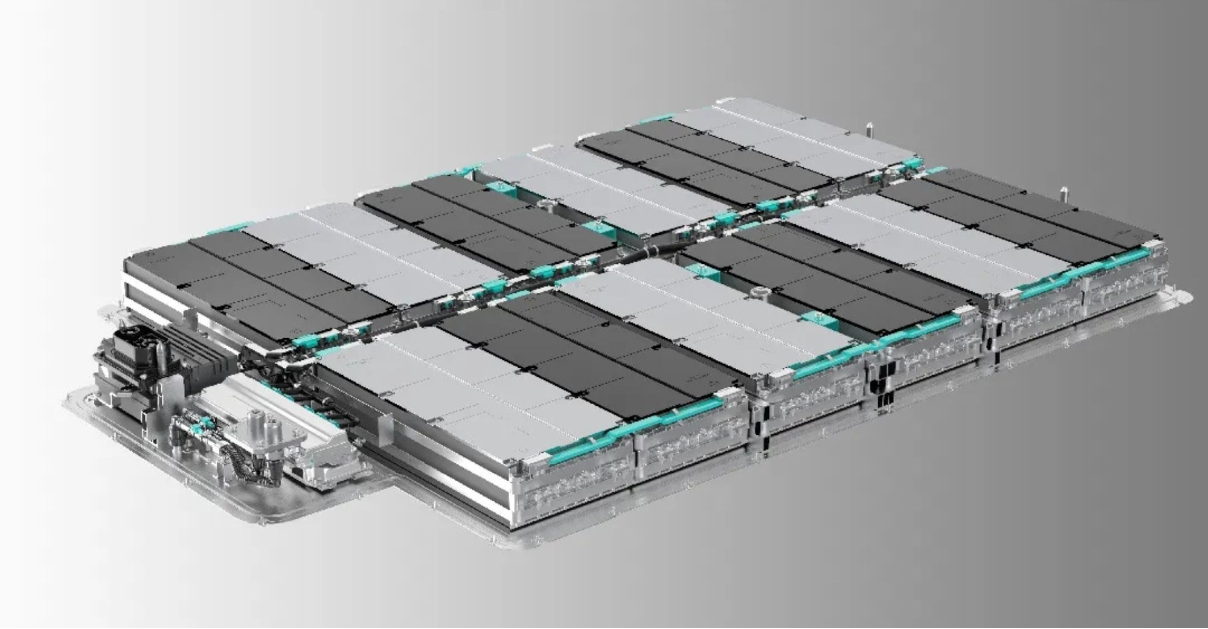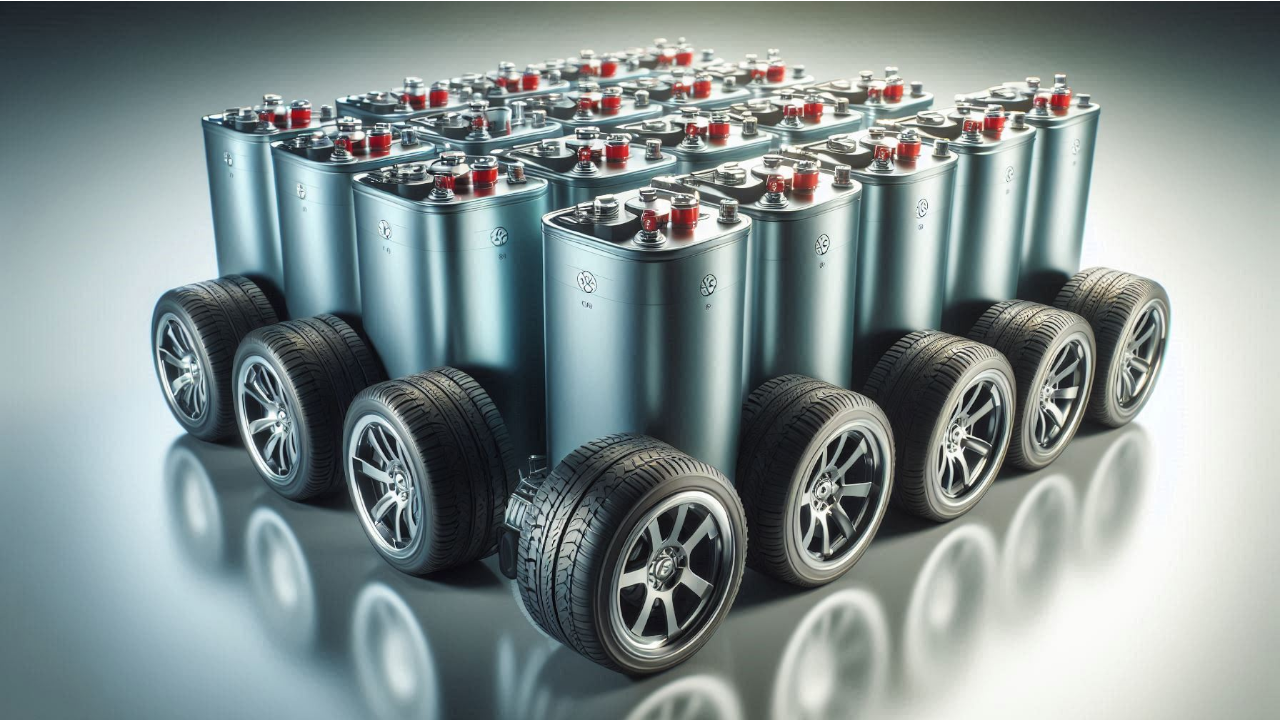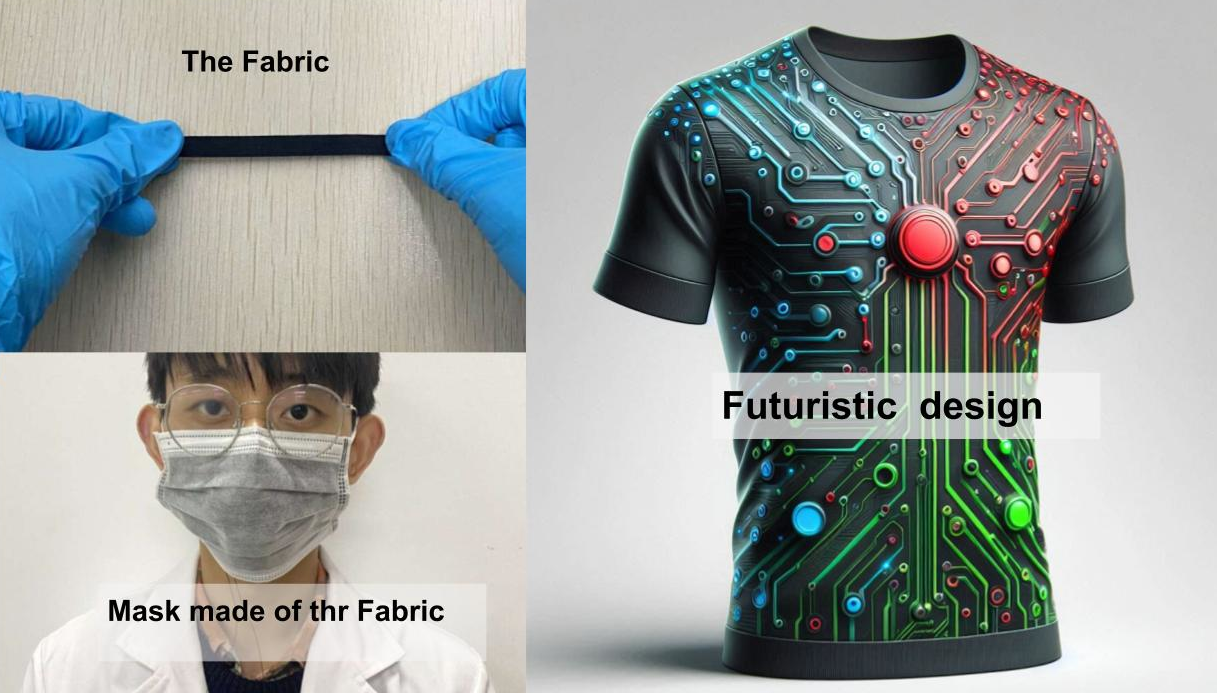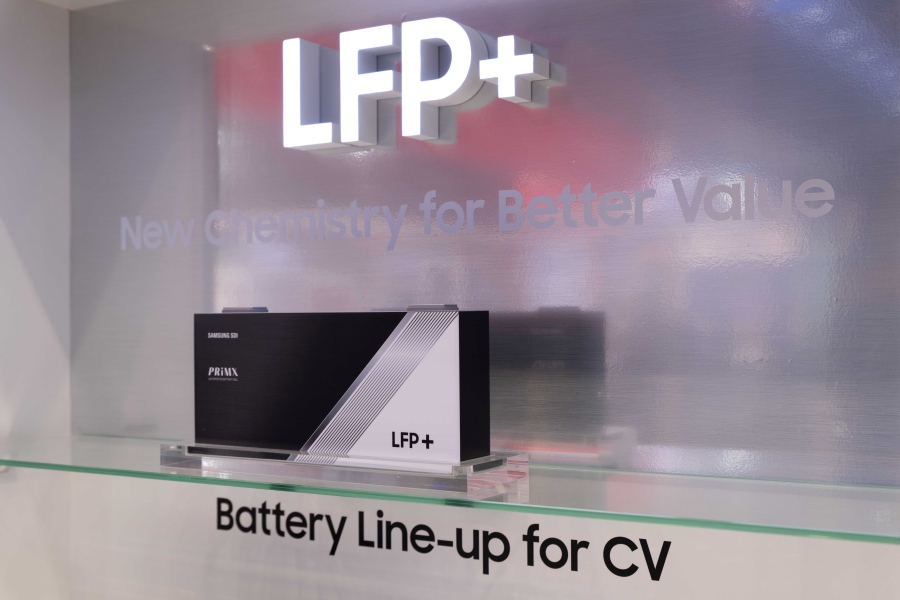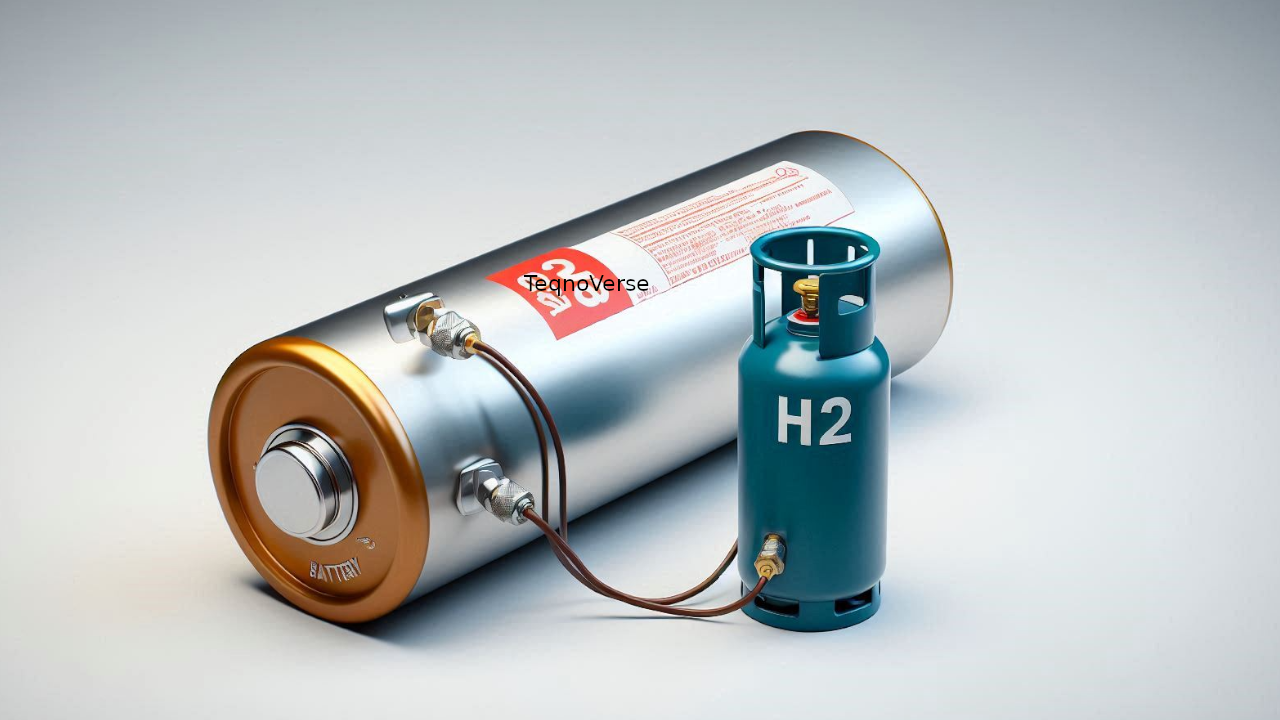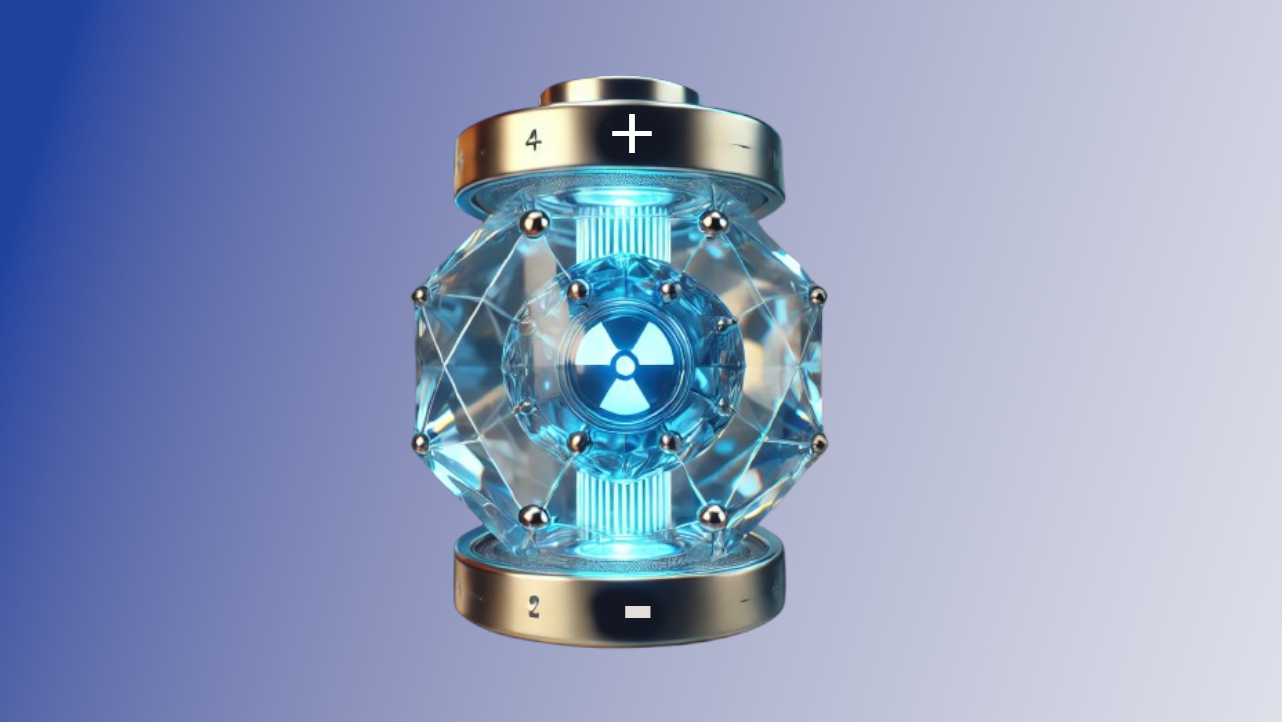LG Chem has developed a safety-enhancing layer that prevents lithium-ion batteries from catching fire by limiting thermal runaway — a phenomenon where heat from an overheated cell transfers to adjacent cells, potentially causing a battery fire or explosion.
Developed and tested in collaboration with the Battery Science Department at POSTECH University, the material’s findings were published in the prestigious scientific journal Nature Communications. The safety-enhancing layer is a thin film, just one micrometer thick (about 1% the thickness of a human hair), placed between the cathode and current collector inside the cell. It functions like a fuse; when the temperature exceeds 90 degrees Celsius, the material reacts, changing its molecular structure to block current flow.
The material is highly sensitive to heat, increasing its electrical resistance with even slight temperature rises. When the temperature drops, it returns to its original state, allowing current to flow again under normal conditions.
Battery fires typically occur when a cell overheats, potentially reaching 1000 degrees Celsius within seconds. This material prevents interaction between the most active battery components, gradually reducing or stopping the temperature rise. It was practically tested on various battery types, with the toughest tests on NCM (nickel, cobalt, and manganese) batteries for electric vehicles. When a 10 kg weight was dropped on the batteries, all standard batteries caught fire. However, 70% of the batteries equipped with this thermal runaway suppression material did not ignite, and the remaining 30% extinguished flames within seconds.
With this achievement, LG has successfully created a material that significantly resists battery fires, aiming to quickly scale up production to make electric vehicles safer and more reliable.

